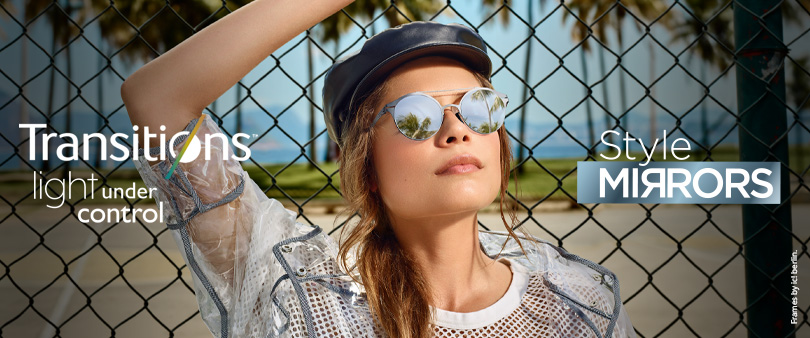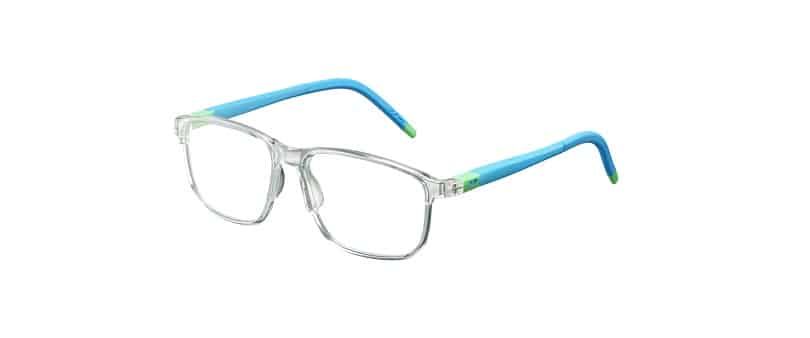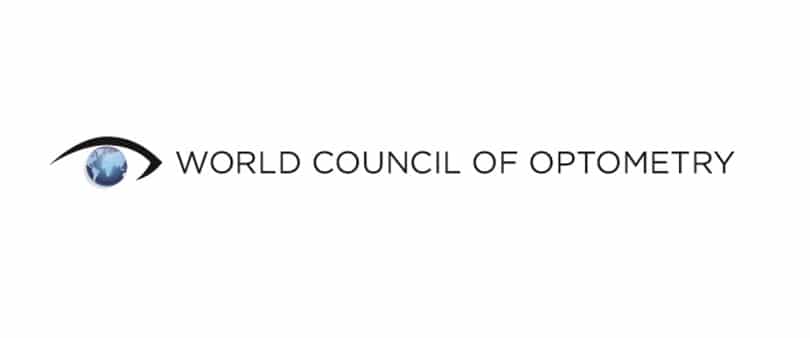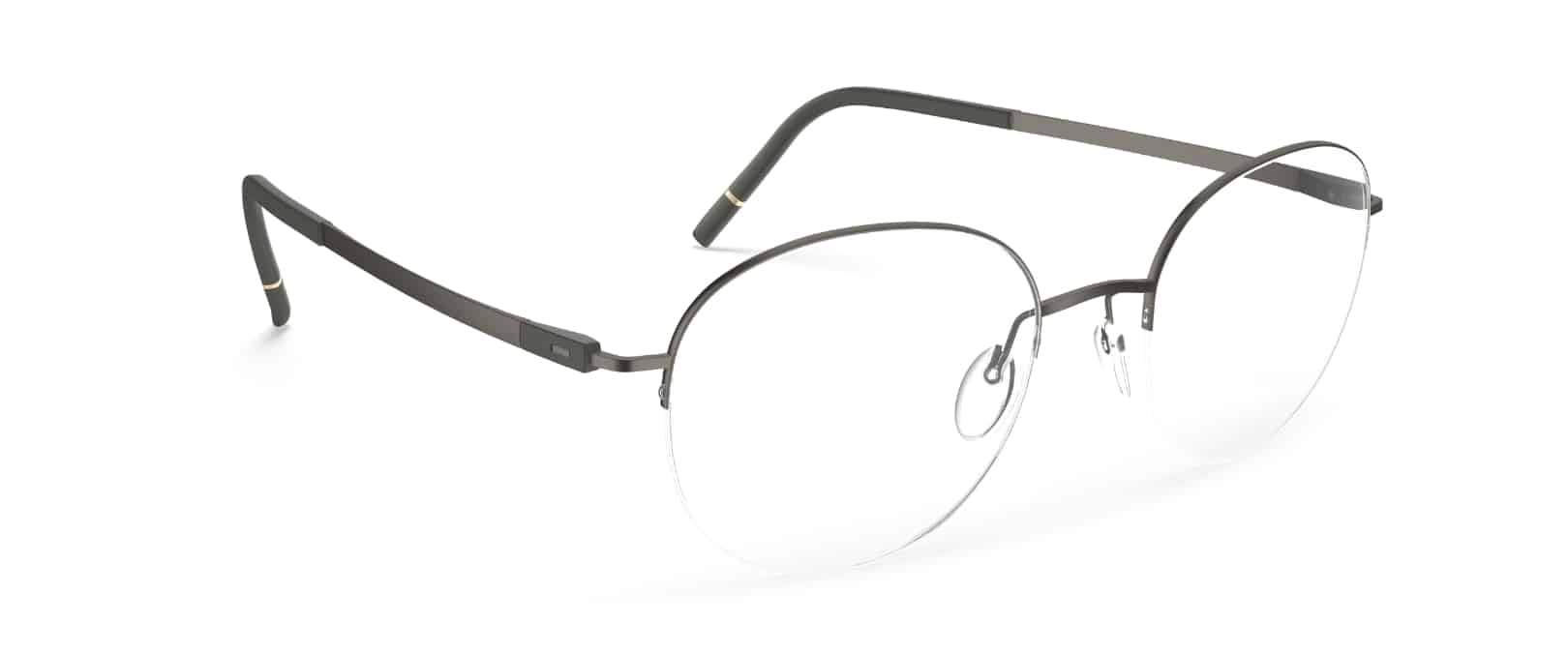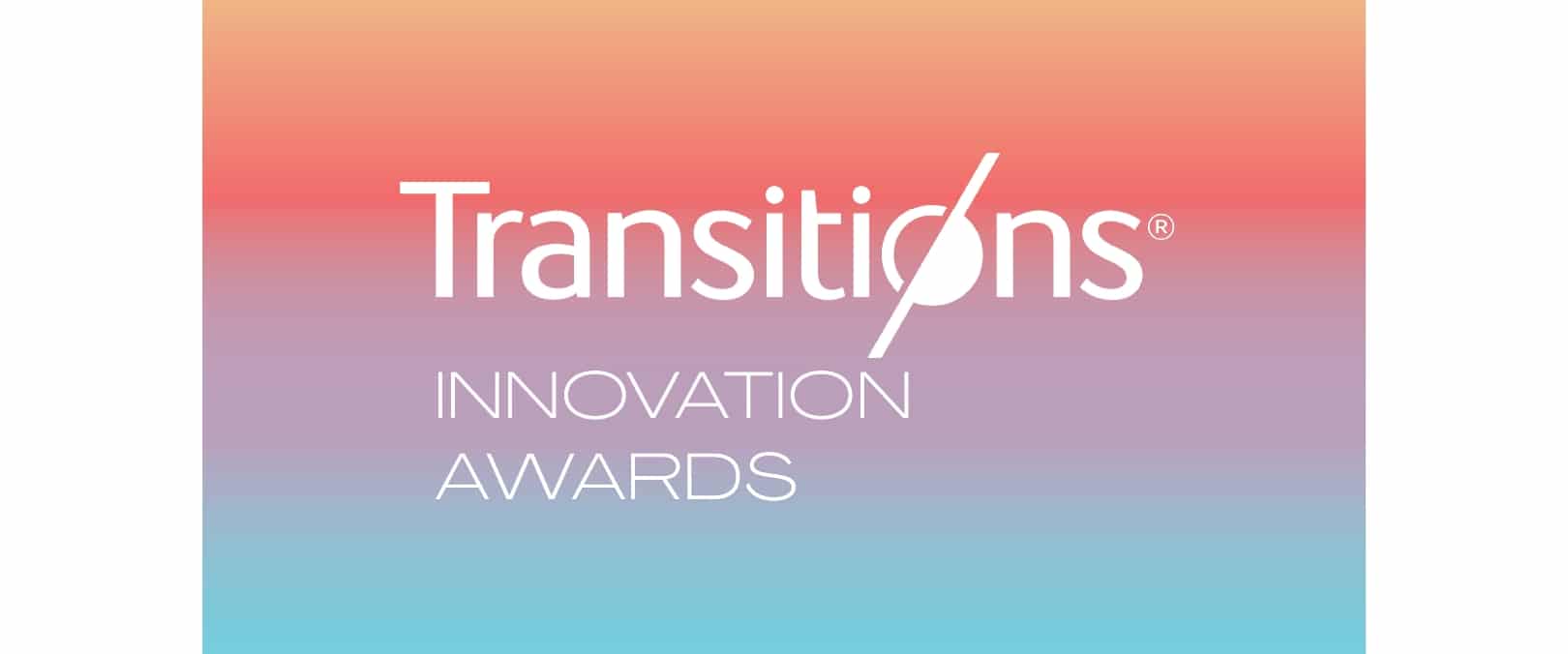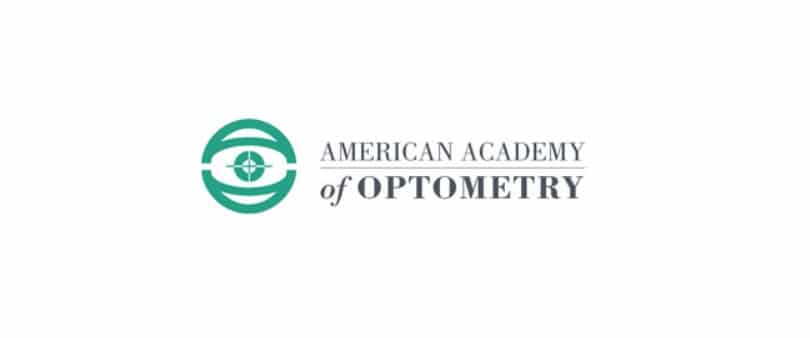To bring patients extra style this summer, Transitions® XTRActive® new generations lenses come in five stunning Style Mirror colours. Available in gold, silver, copper, blue green and blue violet, wearers can create all their own by pairing any colour lens with their favorite frames. Plus, these light intelligent lenses adapt seamlessly to any lighting environment providing the icon look patients want with the all-day protection they need. So, your patients have the choice to select the iconic colors as Grey, Brown and Graphite Green and add some style with one of the 5 mirrors.
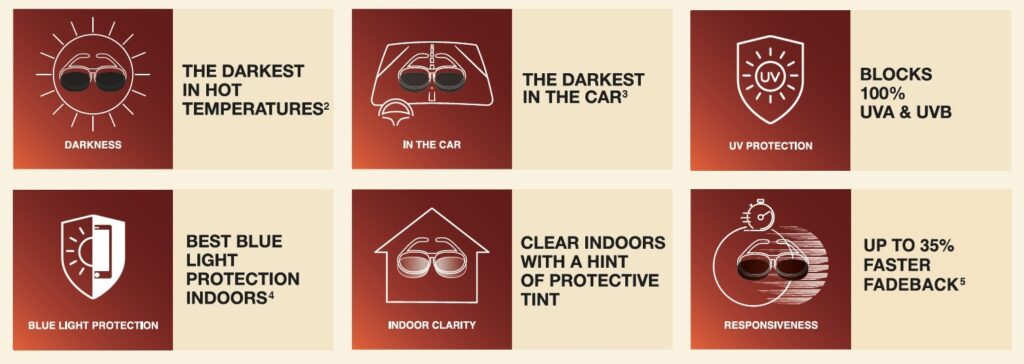

Compared to the old Transitions XTRActive lenses, this new generation is darker overall[vi], darker in hot temperatures and in the car, and up to 35% faster to fade back[vii]. These advances are possible thanks to the new nano-composite matrix technology combined with new, extra powerful broad spectrum dyes which activate in both the UV and visible light spectrum.
“People are experiencing increased symptoms of eye strain and discomfort whether inside from screens or outdoors, and Transitions XTRActive lenses were designed with this issue in mind. In fact, three out of ten eyeglass wearers are very light sensitiveiv” said Brian O’Neil, Ph.D., global vice president, Innovation, Technology & Operations, Transitions Optical. “Wearers of Transitions Optical technology want flexibility between indoors, outdoors and driving to be better protected at all times. The new generation of Transitions XTRActive provides light protection regardless of the situation.”
In addition to this new generation, Transitions Optical began the rolling launch of Transitions® XTRActive® Polarized™ in Canada in January 2021. Both products provide extra protection for eyeglass wearers who are frequently in intense light situations or who are very light sensitive. Transitions XTRActive Polarized is an extension of the Transitions XTRActive range bringing the additional benefits of polarization to the extra dark photochromic category, while Transitions XTRActive new generation lenses offer the best extra darkness[viii]. Transitions XTRActive Polarized lenses are designed for patients who want extra protection in high-glare situations. The unique polarization technology reduces glare outdoors, providing sharper vision, a larger field of view and bright, vivid colours.
Transitions XTRActive new generation and Transitions XTRActive Polarized lenses are available now. Please contact your local laboratory that provides you the Transitions XTRActive portfolio to know more about their product availability.
Click HERE for the press release.
This post is sponsored by Transitions Optical.
[i] In the clear to dark photochromic category. Tests across polycarbonate and 1.5 grey lenses at 35°C achieving <18%T using Transitions Optical’s standard testing method.
[ii] Clear to dark photochromic category. Polycarbonate and 1.5 grey lenses tested at 23°C behind the windshield achieving between 18%T and 43%T.
[iii] Clear to dark photochromic category. Tested on grey lenses across materials at 23°C outdoors achieving >8%T (Category 3 Darkness Levels) using Transitions Optical’s standard testing method.
[iv] Protection from harmful blue light (380nm-460nm) across the following light situations: indoors at 23°C, behind the windshield and outdoors at 23°C, among polycarbonate and 1.5 grey lenses in the clear to dark photochromic category.
[v] From harmful blue light (380nm-460nm) at 23°C among polycarbonate and 1.5 grey lenses in the clear to dark photochromic category.
iv Transitions Optical, Quality of Vision and Vision Experience Test in Controlled Lab Situations (Lab Wearer Testing), U.S., Eurosyn, Q4 2019, N=135.
[vi] Compared to the previous generation, across materials tested on grey lenses at 23°C and 35°C.
[vii] Compared to the previous generation, across materials tested on grey lenses fading back to 70% transmission at 23°C.
[viii] In hot temperatures and in the car in the clear to dark photochromic category. Tests across polycarbonate and 1.5 grey lenses at 23°C and 35°C using Transitions Optical’s standard testing method.

